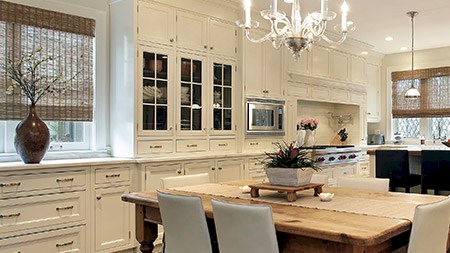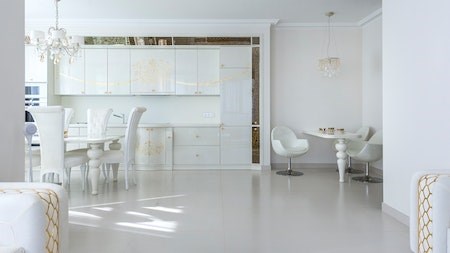What does immovable property mean?
Property is classified either as movable or immovable. Movable property can be moved from one place to another. It is not fixed, regardless of the size or weight. Furniture, pot plants, etc. are examples of movable property. Immovable property is land, whether unimproved (vacant land) or improved (land with permanent improvements, such as a house).
A piece of land and all the permanent improvements on it, form one (as a whole) immovable property. In other words, you cannot sell a house to one person and the land on which the house is built to another.
What is included in the purchase of immovable property?
When you buy a house, you in fact buy the land on which the house is situated. The house, being a permanent improvement, forms part of the land. All surface and subsurface soil, water, trees and plants on the land are by law included in the purchase.
Also included are all the permanent improvements (like a house or other buildings, a borehole or a swimming pool) and all movable items, which have been permanently affixed to a house or other buildings (called permanent fixtures).
All movable accessories which are of permanent service to the immovable property and which are necessary for its effective use of exploitation are also included in the purchase of the property, unless agreed otherwise (Examples are the pool cleaning equipment or stools which go with the built-in breakfast nook.)
To avoid dispute, always specify and describe in writing on the offer to purchase document, which items are included and which items are excluded in the purchase/sale, especially if you are not clear whether they are permanent improvements or movable fixtures. For example, whether the swimming pool equipment or television aerial/satellite dish are included in the purchase.
This article originally appeared in Property Power 11th Edition Magazine. To order your copy at the discounted price of R120 click here.





